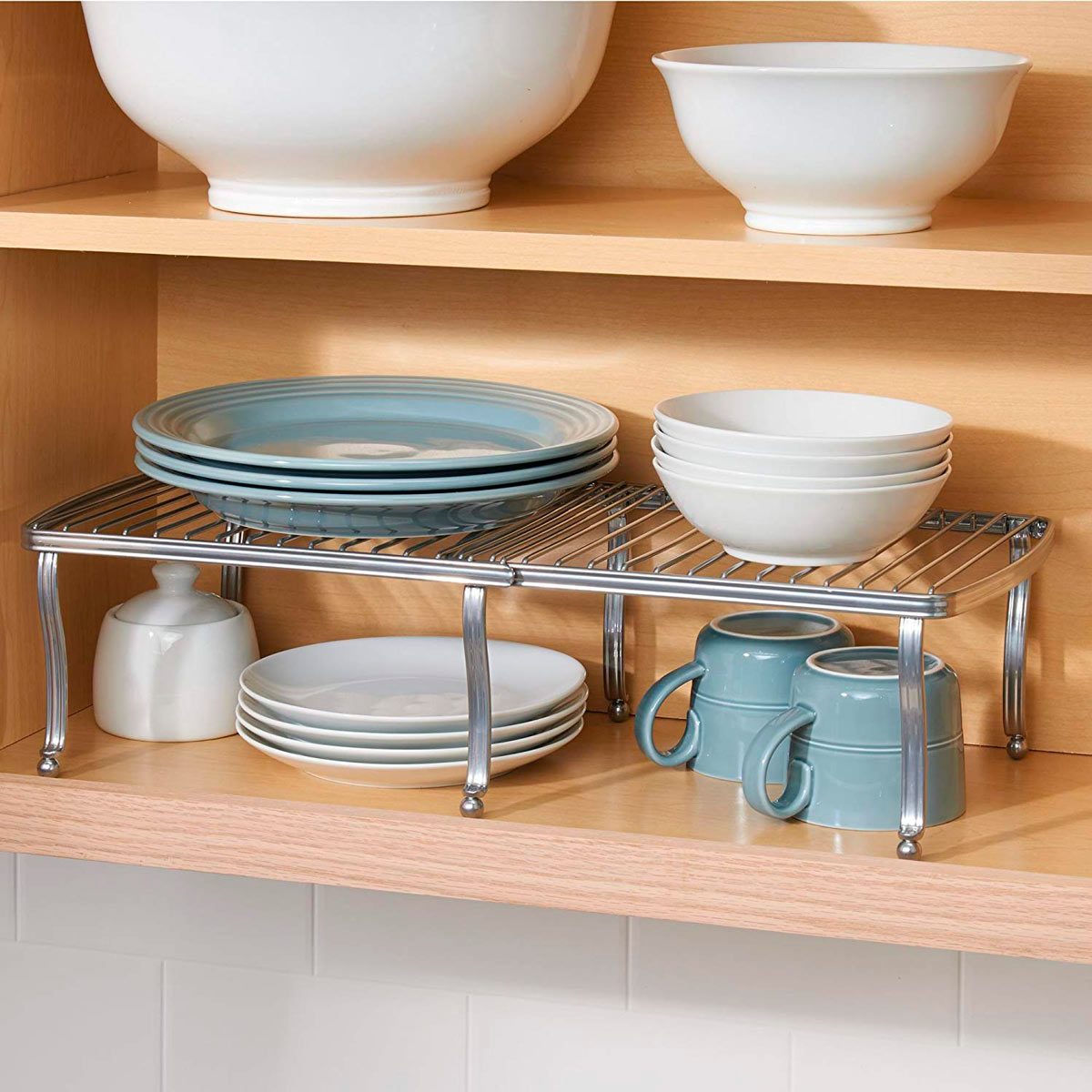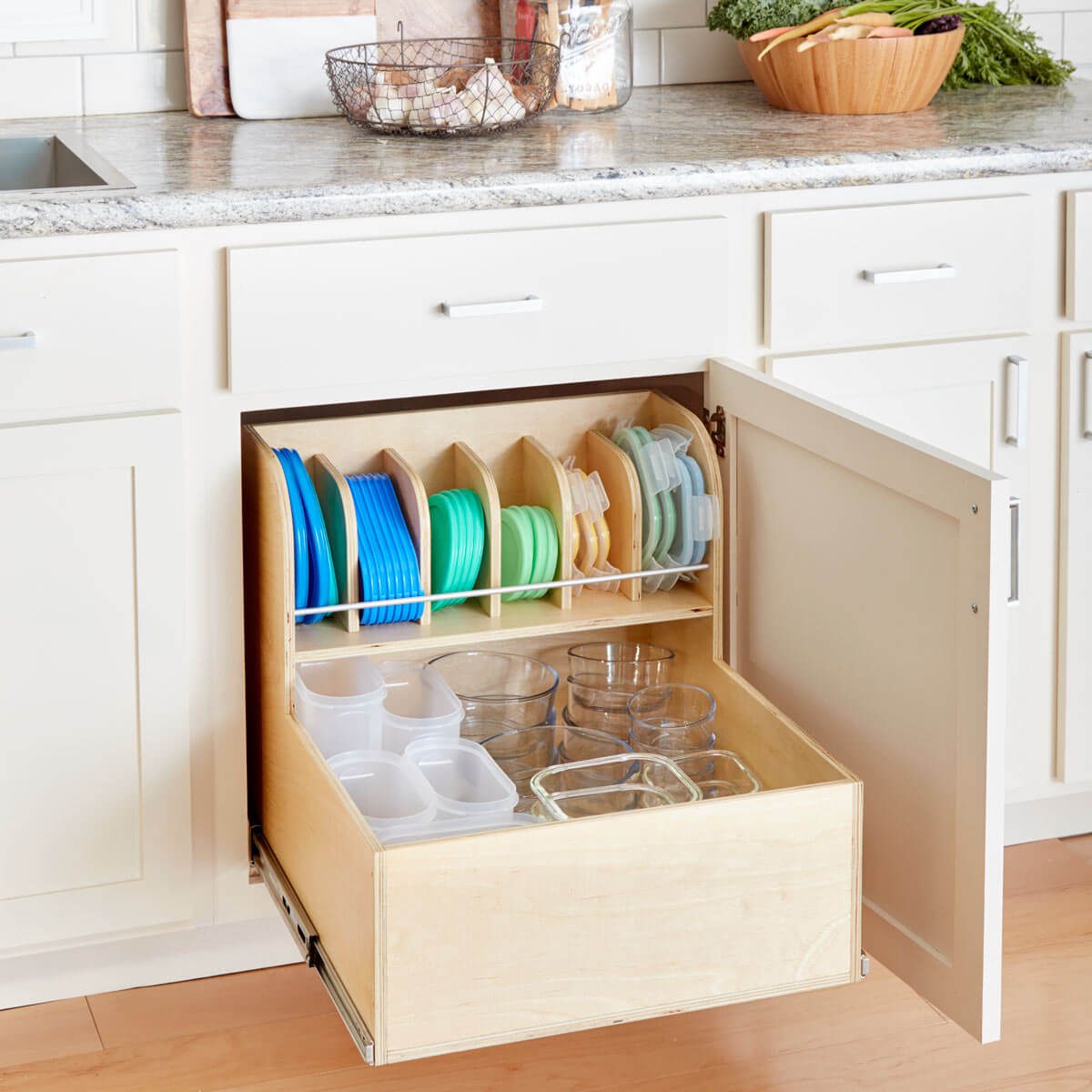Understanding Kitchen Side Storage Cabinets

Kitchen side storage cabinets are a versatile and efficient way to maximize space in your kitchen, offering a wealth of benefits for both functionality and aesthetics. By strategically incorporating these cabinets into your kitchen design, you can create a more organized, efficient, and visually appealing culinary haven.
Types of Side Storage Cabinets
Side storage cabinets come in a wide array of styles, materials, and functionalities to suit various kitchen designs and needs.
- Base Cabinets: These cabinets are typically placed on the floor and offer ample storage space for pots, pans, and other kitchen essentials. They can be customized with drawers, shelves, and pull-out organizers to optimize storage capacity. Base cabinets are available in various materials, including wood, laminate, and metal, each offering distinct aesthetic and durability qualities.
- Wall Cabinets: Wall cabinets are mounted above countertops and offer vertical storage for dishes, glassware, and other frequently used items. They can be designed with doors, open shelves, or a combination of both, depending on your storage preferences. Similar to base cabinets, wall cabinets are available in a range of materials, including wood, laminate, and metal.
- Corner Cabinets: Corner cabinets are designed to maximize storage space in awkward corners of the kitchen. They can be configured with lazy susans, pull-out shelves, or a combination of both to make accessing items in the corners easier. Corner cabinets are often constructed from wood, laminate, or metal, depending on the overall kitchen design.
- Tall Cabinets: Tall cabinets, also known as pantry cabinets, offer vertical storage for large appliances, bulky items, or a variety of kitchen supplies. These cabinets are typically built with multiple shelves and drawers to accommodate various storage needs. Tall cabinets can be constructed from wood, laminate, or metal, depending on the desired style and functionality.
Integrating Side Storage Cabinets into Kitchen Layouts
The integration of side storage cabinets into your kitchen layout can be tailored to suit different kitchen styles and configurations.
- Traditional Kitchens: In traditional kitchens, side storage cabinets are often made from wood with ornate details, such as crown molding and raised panel doors. These cabinets are typically painted in warm, earthy tones, complementing the overall aesthetic of the kitchen.
- Modern Kitchens: Modern kitchens often feature sleek, minimalist side storage cabinets made from materials like metal or high-gloss laminate. These cabinets are typically designed with clean lines, hidden hardware, and a focus on functionality.
- Contemporary Kitchens: Contemporary kitchens embrace a blend of modern and traditional elements, often incorporating side storage cabinets with a combination of materials, such as wood and metal. These cabinets may feature unique finishes, such as textured wood or brushed metal, to create a distinctive look.
Design and Functionality

Side storage cabinets offer a versatile solution for maximizing kitchen storage and organization. Their design and functionality are key to optimizing their usefulness.
Maximizing Storage Space and Organization
Effective design plays a crucial role in maximizing storage space and organization within side storage cabinets. Here are some design tips to consider:
- Vertical Space Utilization: Maximize vertical space by utilizing tall cabinets that reach the ceiling, leaving no space wasted. This allows for stacking items efficiently, optimizing storage capacity.
- Adjustable Shelves: Incorporate adjustable shelves to accommodate items of varying heights, ensuring that every inch of space is utilized effectively. This flexibility allows you to customize the cabinet’s configuration to suit your specific needs.
- Pull-Out Drawers: Include pull-out drawers for easy access to items stored at the back of the cabinet. These drawers provide a clear view of the contents, making it easier to locate and retrieve items. They also prevent the need to reach deep into the cabinet, promoting better ergonomics.
- Integrated Organizers: Integrate organizers, such as spice racks, utensil trays, and tiered shelves, to further enhance organization and efficiency. These organizers create designated areas for specific items, making it easier to maintain order and find what you need quickly.
- Corner Cabinet Design: Utilize corner cabinets effectively by incorporating lazy Susan units or pull-out shelves. These features allow you to access items stored in the corners of the cabinet without having to move other items.
Common Features and Functionalities
Side storage cabinets often come equipped with various features and functionalities designed to enhance their usability and organization.
- Adjustable Shelves: Adjustable shelves are a common feature, allowing you to customize the cabinet’s configuration to accommodate items of different sizes and shapes. This flexibility ensures that every inch of vertical space is utilized effectively.
- Pull-Out Drawers: Pull-out drawers provide easy access to items stored at the back of the cabinet. They are particularly useful for storing heavier items or those that require frequent access.
- Integrated Organizers: Many side storage cabinets come with built-in organizers, such as spice racks, utensil trays, and tiered shelves. These organizers create designated areas for specific items, promoting better organization and efficiency.
- Soft-Close Doors and Drawers: Soft-close mechanisms ensure that doors and drawers close smoothly and quietly, preventing slamming and potential damage. They also contribute to a more refined and user-friendly experience.
- Door-Mounted Organizers: Some cabinets feature door-mounted organizers, such as hooks and baskets, for storing smaller items like cleaning supplies or kitchen towels. This maximizes storage space by utilizing the often-unused space on the cabinet doors.
Ergonomics and Accessibility
Ergonomics and accessibility are crucial considerations when designing side storage cabinets.
- Accessible Height: Cabinets should be designed at an accessible height, allowing users to easily reach and retrieve items without straining or bending. This is particularly important for individuals with limited mobility or reach.
- Pull-Out Drawers: Pull-out drawers enhance accessibility by eliminating the need to reach deep into the cabinet. They also make it easier to see and access items, reducing the risk of injury or strain.
- Lightening: Incorporate lighting within the cabinet to illuminate the interior, making it easier to locate items and prevent accidents. This is particularly important for dark cabinets or those located in dimly lit areas.
Installation and Maintenance

Installing and maintaining your kitchen side storage cabinets is crucial for their longevity and functionality. Whether you’re a seasoned DIY enthusiast or a novice, understanding the process and best practices can ensure your cabinets remain in top condition for years to come.
Installation
Installing side storage cabinets requires careful planning and execution to ensure a secure and aesthetically pleasing fit. The installation process can vary depending on the type of wall and existing cabinetry.
- Preparing the Installation Area: Before you begin, clear the area around the installation site and ensure the wall is clean and free of any obstructions. This includes removing any existing wall coverings, such as wallpaper or paneling, to ensure proper adhesion.
- Measuring and Marking: Accurately measure the space where the cabinet will be installed, taking into account any existing cabinetry or appliances. Mark the wall with a pencil to guide the installation process. Ensure the measurements are accurate to avoid misalignment.
- Securing the Cabinet: Depending on the wall type and cabinet weight, you may need to use different methods for securing the cabinet. For drywall, using drywall anchors or toggle bolts is recommended. For concrete or brick walls, you may need to use masonry anchors or drill pilot holes.
- Leveling and Alignment: Use a level to ensure the cabinet is perfectly aligned before securing it to the wall. This is essential for a visually appealing and functional installation.
- Connecting to Existing Cabinets: If you’re installing the side storage cabinet next to existing cabinets, you’ll need to ensure they are properly connected. This may involve using connecting brackets or screws to create a seamless look and ensure stability.
Maintenance, Kitchen side storage cabinets
Proper maintenance is key to preserving the beauty and functionality of your kitchen side storage cabinets. By implementing a consistent cleaning and organization routine, you can ensure your cabinets remain in top shape for years to come.
- Regular Cleaning: Dust and dirt can accumulate quickly on kitchen cabinets, especially those near the stove or sink. Regular cleaning with a damp cloth and mild detergent will keep them looking their best. Avoid using abrasive cleaners or harsh chemicals that can damage the cabinet’s finish.
- Organizing and Decluttering: Kitchen side storage cabinets can quickly become cluttered. Regularly declutter and organize the contents to ensure easy access and prevent unnecessary waste. Consider using storage bins, baskets, or dividers to create designated spaces for different items.
- Addressing Potential Repairs: Over time, hinges, handles, or shelves may need repair or replacement. Keep spare parts on hand and address any issues promptly to prevent further damage.
Ventilation and Moisture Control
Proper ventilation and moisture control are essential for maintaining the health and longevity of your kitchen side storage cabinets.
Moisture can cause warping, swelling, and mold growth, while poor ventilation can trap odors and moisture.
- Ensure Adequate Ventilation: Maintain good airflow in the kitchen by using exhaust fans during cooking. This helps to remove moisture and cooking odors from the air, preventing damage to your cabinets.
- Control Moisture Levels: Avoid storing damp items directly inside your cabinets. Instead, use a dehumidifier or open windows to regulate moisture levels in the kitchen, particularly during humid weather.
- Regular Inspection: Regularly inspect your cabinets for signs of moisture damage, such as warping, swelling, or mold growth. Address any issues promptly to prevent further deterioration.
Kitchen side storage cabinets are essential for maximizing space and keeping your culinary essentials organized. But what about your entertainment setup? A mechanical tv lift cabinet seamlessly integrates your television into your living space, creating a sleek and modern aesthetic.
Just like kitchen cabinets, these lift cabinets offer storage solutions, allowing you to neatly conceal electronics and accessories when not in use.
Kitchen side storage cabinets offer a practical solution for maximizing space in your culinary haven. They can be customized to accommodate your specific needs, from pantry essentials to cooking tools. For a classic and stylish look, consider incorporating gray cabinets with butcher block countertops , a timeless combination that exudes both warmth and sophistication.
Kitchen side storage cabinets, whether paired with a traditional or contemporary design, provide an invaluable addition to any kitchen, ensuring that everything has its place.